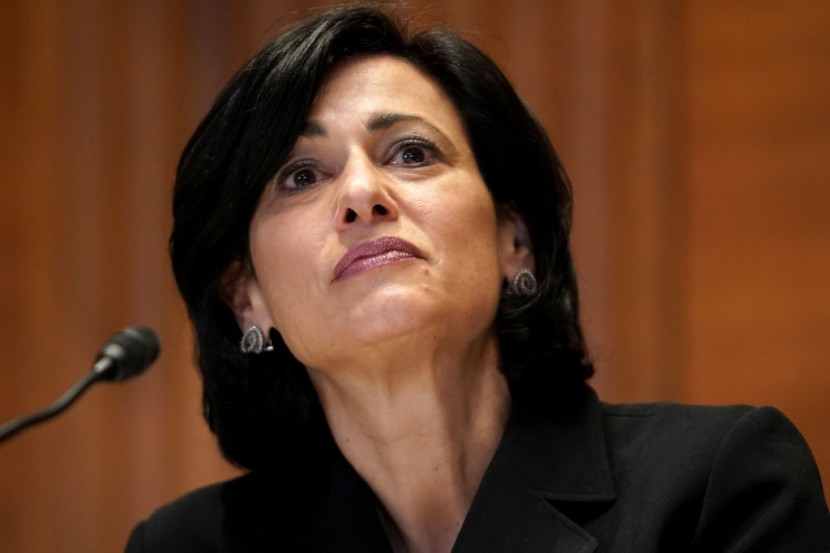
People with COVID-19 who are no longer suffering symptoms can leave isolation after five days, according to US health experts, cutting the previously advised duration in half as the omicron version causes an increase in infections.
Following the initial five-day isolation period, persons with COVID-19 should wear a mask for additional five days while around other people, according to the Centers for Disease Control and Prevention. Previous suggestions that those who have tested positive for the virus should isolate for 10 days have been replaced by the current guidance.
CDC recommends cutting the 10-Day COVID-19 isolation period
Following the holidays, COVID-19 cases are projected to a spike in the United States, threatening to disrupt the lives of employees and students who have been infected or exposed to the virus. People will be able to return to work or school sooner if isolation and quarantine periods are reduced, thereby reducing widespread disruptions that might halt schools or clog supply lines, as per Bloomberg via MSN.
Studies suggesting that the illness caused by omicron isn't as severe as previously thought, particularly among those who have been vaccinated and received booster shots, have increased pressure on public-health officials to relax their stance on when infected or exposed people can return to their normal routines.
The CDC lowered its isolation guidelines for healthcare workers last week, saying that people with mild or moderate COVID-19 might return to work after seven days if their antigen test was negative.
Workers might return to work after seven days if they test negative and have no symptoms, according to the revised guidelines. If there are serious personnel shortages, the period spent in isolation might be reduced to five days or even less, according to the agency.
Per Mercury News, the CDC is now modifying the general public's isolation and quarantine guidelines to be even less strict. The advice isn't a requirement; rather, it's a suggestion to companies and state and municipal governments. New York state said this week that it will broaden the CDC's guidelines for healthcare workers to include people in other important industries with acute labor shortages. It's possible that other states will try to cut the time limit.
States are expected to change isolation, quarantine rules
Other states may want to shorten their isolation and quarantine regulations, and the CDC is attempting to anticipate this trend. Walensky added that rather than a jumble of regulations "it would be useful to have standard CDC recommendations" from which others may draw.
The public has been perplexed by the CDC's guidelines on isolation and quarantine, and the new suggestions "come at a time when more individuals are testing positive for the first time and asking for assistance," according to Lindsay Wiley, a public health law expert at American University.
Infected persons are subject to isolation regulations. They are the same for those who have not been vaccinated, who have been partially vaccinated, who have been completely vaccinated, or who have been boosted. According to MLive, they assert:
- When you test positive, the clock starts ticking.
Instead of the previously suggested ten days, an infected individual should be isolated for five days. - If you have no symptoms after five days, you can resume regular activities, but you must wear a mask everywhere - including at home with people - for at least another five days.
- If your symptoms persist after five days of isolation, stay at home until you feel better, then begin your five days of wearing a mask at all times.
The quarantine regulations apply to those who have been in close contact with an infectious person but have not been affected. The clock begins ticking for quarantine the day someone is notified that they may have been exposed to the virus.
People who were not completely vaccinated and came into close contact with an infected individual should stay at home for at least 10 days, according to the CDC. Only patients who received booster injections can now bypass quarantine provided they wear masks in all settings for at least 10 days, according to the CDC.
That's a shift. Previously, those who were completely vaccinated - defined by the CDC as two doses of Pfizer or Moderna vaccinations or one dose of Johnson & Johnson vaccine - were exempted from quarantine.
People who had their first vaccinations but not boosters are now in the same condition as individuals who have been partially vaccinated or have not been immunized at all: they can leave quarantine after five days if they wear masks in all settings for the next five days.
Related Article : FDA Authorizes New COVID-19 Treatment, Pfizer Pill for At-Home Use in Major Advance
© 2025 HNGN, All rights reserved. Do not reproduce without permission.








